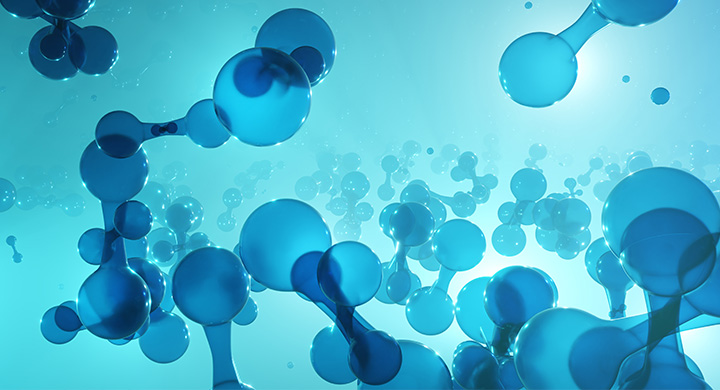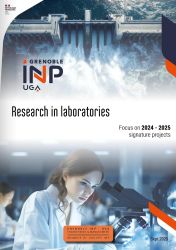Whether for producing or storing electricity, hydrogen as a molecule is still underexploited. Given that France’s hydropower capacity is saturated and batteries will not be sufficient, it represents an ideal solution for the energy storage challenges posed by intermittent renewables and the surplus of nuclear energy.
Through the government’s Hydrogen Plan, a budget of €8.3 billion over ten years has been allocated to support this sector’s development and ensure that France does not miss out on the industrial shift in the hydrogen vector. As part of this plan, around ten Priority Research Programs and Equipment (PEPR) initiatives have been launched. One of these is the “decarbonized hydrogen” PEPR, which aims to support upstream R&D activities at the highest international level, assisting industrial actors in the sector and responding to priorities defined by the national strategy. Seven target projects have already been identified and are currently being launched. One of them is the “PEMFC 95” project, coordinated by Marian Chatenet, professor at Grenoble INP – Phelma, UGA and researcher at LEPMI.
The objective of this project is to design proton-exchange membrane fuel cells (PEMFCs) that are capable of functioning in conditions compatible with heavy mobility, by better managing heat loss. “In general, when a battery is operating, it loses 50% of its energy in the form of heat,” explains Chatenet. “The higher the temperature, the easier it is to recycle and even disperse the heat. It is therefore worth trying to increase the operating temperature of batteries, in order to reduce the size of cooling radiators.” Currently, radiators in batteries operating at 70-80°C are approximately the size of a stack. If we go up to 95°C, we hope to cut this in half, which would allow for a significant reduction in the total size of the battery system.
15 degrees that make all the difference
However, increasing the operating temperature of batteries by 15°C will cause a significant number of technological changes: water is no longer completely liquid, materials deteriorate differently and more quickly, and all the fluid dynamics would need to be reviewed. It is a real leap into the unknown! “Developing new materials takes a huge amount of work,” says Chatenet. “In the PEMFC 95 project, we are working on new materials for the membranes and electrodes. We are aiming for both performance and durability!” When the materials are ready, they will still need to be assembled in an optimized way and tested in real-life conditions at 95°C. All that, of course, while considering the question of recycling, reusing and the system’s life-cycle, to ensure that the new battery is not an ecological and environmental aberration.
Beyond heavy mobility, which is not only addressed by the PEMFC 95 project but also by the Durasys Pack project (in which LEPMI is also involved), another theme of the PEPR projects is how to store hydrogen in a reliable, safe and efficient way. Lastly, a lot of research involves combining hydrogen and nuclear energy production. “The flexibility of producing electricity in a nuclear plant remains limited, due to the high level of inertia in the process. The idea is therefore to use the excess electricity produced in centers to feed high-temperature electrolyzers and produce hydrogen.” In power plants, a large amount of energy is also lost in the form of heat. By performing high-temperature electrolysis, we could use the waste heat from power plants as a significant source of energy to decompose water molecules in solid-oxide electrolyzers, and therefore, kill two birds with one stone! However, it will still take several years of research to reach this point.
*CNRS, Grenoble INP – UGA, UGA, Université Savoie Mont-Blanc




